Have you ever marveled at the graceful yet swift movement of racewalkers?
The sport of racewalking combines the speed and athleticism of running with the technical precision of walking. It is a discipline that demands both physical prowess and mental fortitude.
This comprehensive guide will explore the world of racewalking, its techniques, training methods, and benefits.
Whether you are an aspiring racewalker, a fitness enthusiast, or simply curious about this unique sport, join us as we unravel the art of speed and endurance.
What is Racewalking?
Racewalking is a discipline that combines walking and running in a unique and highly regulated manner. It is an Olympic sport governed by specific rules and techniques.
The primary goal of racewalking is to cover a specified distance in the shortest possible time while adhering to these rules. Unlike regular walking or running, it requires athletes to maintain contact with the ground at all times and have a visible and defined technique.
Racewalking techniques
Racewalking techniques are governed by strict rules to ensure fair competition. These rules focus on four main aspects: the straight knee rule, the bent knee rule, the heel rule, and the contact rule.
The straight knee rule
The leading leg must be straight from the moment it contacts the ground until it passes under the body. A visible and defined straight leg is crucial to maintain an efficient walking gait.
The bent knee rule
While the leading leg must be straight, the trailing leg is allowed to have a bent knee. This bent knee helps in generating power and forward propulsion during the stride.
The heel rule
Racewalkers must make contact with the ground with their heel. This rule ensures that the foot touches the ground first, providing stability and control during walking.
The contact rule
At least one foot must always be in contact with the ground. Failure to comply with this rule results in disqualification. Judges closely monitor racewalkers to ensure no visible loss of contact.
Racewalking vs. running: understanding the differences
Racewalking and running may appear similar at first glance, but they differ fundamentally.
Point of contact
In the running, both feet are simultaneously off the ground during each stride. In contrast, racewalkers must maintain visible contact with the ground at all times, ensuring that they adhere to the specific rules of the sport.
Stride length
Racewalkers have shorter strides compared to runners. This is because the this technique necessitates maintaining contact with the ground, preventing the longer strides seen in running.
Speed and endurance
Racewalking is known for its incredible speed and endurance requirements. While runners may achieve higher top speeds, racewalkers excel at maintaining a constant pace over long distances, making them incredibly efficient and disciplined athletes.
Racewalking events and competitions
Racewalking events vary in distance and are held on different levels, from local races to international competitions.
The 20-kilometer racewalk
The 20-kilometer racewalk is the most common racewalking event. It is held in various competitions worldwide, including national championships and international tournaments. Athletes competing in this event aim to cover the distance in the fastest possible time while strictly adhering to the rules.
The 50-kilometer racewalk
The 50-kilometer racewalk is the longest racewalking event, demanding exceptional endurance and mental resilience. This event is typically held in major competitions, such as the Olympic Games and World Championships.
Racewalkers participating in the 50-kilometer race must push their limits to cover the distance efficiently.
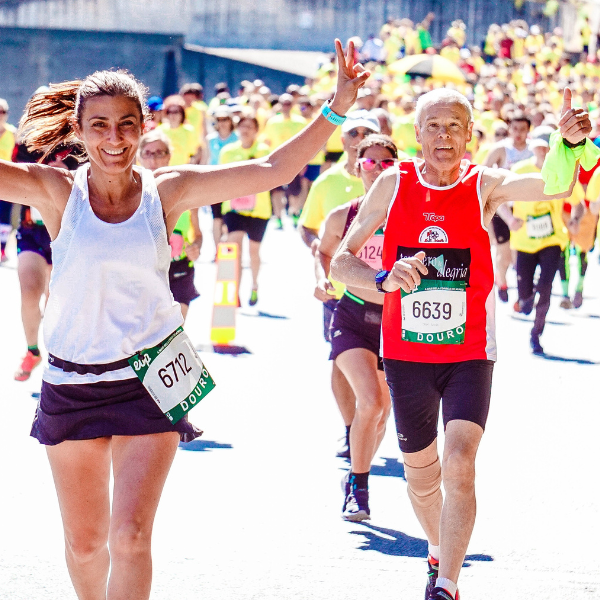
Racewalking in the Olympics
Racewalking has been part of the Olympic Games since 1904. The Olympic racewalking events consist of both the 20-kilometer and 50-kilometer races. Athletes compete for gold, silver, and bronze medals worldwide, showcasing their skills and representing their countries internationally.
Training for racewalking
To excel in racewalking, athletes must undergo specific training that focuses on developing proper technique, improving strength and endurance, enhancing flexibility, and preventing injuries.
Developing proper technique
This technique is essenital for maximizing efficiency and preventing disqualification. Coaches and experienced racewalkers guide athletes in perfecting their form, ensuring they adhere to the rules while optimizing their speed and endurance.
Strengthening the lower body
Strong leg muscles are essential for generating power and maintaining speed during racewalking. Strength training exercises like squats, lunges, and calf raises help racewalkers build muscular endurance and improve their overall performance.
Endurance training
It demands exceptional cardiovascular fitness and endurance. Athletes incorporate various training methods, such as long-distance walks, interval training, and tempo workouts, to improve their aerobic capacity and stamina.
Flexibility and mobility
Flexibility plays a vital role in racewalking, allowing athletes to achieve the necessary range of motion in their hips, legs, and ankles. Regular stretching exercises, yoga, and mobility drills help racewalkers maintain optimal flexibility and reduce the risk of injuries.
Injury prevention and recovery
As with any sport, it carries the risk of injuries. However, with proper injury prevention strategies and effective recovery practices, athletes can minimize the likelihood of experiencing setbacks.
Common racewalking injuries
Racewalkers may encounter injuries such as shin splints, stress fractures, blisters, and muscle strains. These injuries often result from overuse, improper technique, or inadequate recovery.
Warm-up and cool-down
A thorough warm-up routine is essential before engaging in racewalking activities. Dynamic stretching, light jogging, and mobility exercises prepare the body for the demands of the sport. Similarly, a cool-down routine that includes static stretching and gentle exercises helps reduce muscle soreness and aids in recovery.
Cross-training and rest days
Cross-training activities like swimming or cycling give racewalkers a break from repetitive motions while maintaining their cardiovascular fitness. Additionally, rest days allow the body to recover and rebuild, preventing overtraining and the risk of injuries.
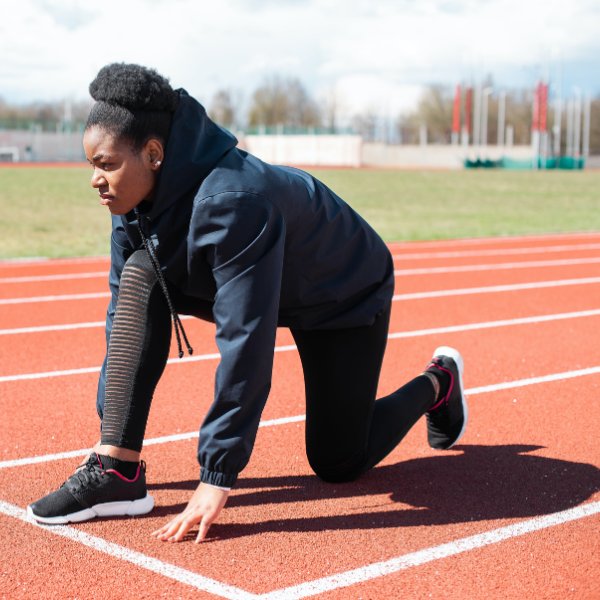
Racewalking gear and equipment
Proper gear and equipment are crucial for racewalkers to perform at their best and stay comfortable during training and competitions.
Racewalking shoes
Racewalking shoes are specifically designed to support the unique racewalking technique. These shoes offer flexibility, stability, and lightweight construction, allowing racewalkers to maintain their form while minimizing the risk of injuries.
Clothing and accessories
Comfortable, moisture-wicking clothing is essential for racewalkers to stay dry and regulate body temperature during intense workouts. Accessories such as sunglasses, hats, and sunscreen protect athletes from the sun’s rays and adverse weather conditions.
Pedometers and fitness trackers
Pedometers and fitness trackers help racewalkers monitor their training progress, track distances, measure heart rate, and analyze their performance. These devices provide valuable data that can be used to refine training plans and set goals.
The physical and mental benefits of racewalking
Engaging in racewalking offers numerous benefits for both the body and mind. Let’s explore some of the advantages of this unique sport.
Cardiovascular fitness
Racewalking is an excellent cardiovascular exercise that increases heart rate, improves circulation, and strengthens the heart and lungs. Regular racewalking sessions contribute to overall cardiovascular health and reduce the risk of cardiovascular diseases.
Weight loss and management
Racewalking is an effective calorie-burning activity that aids in weight loss and management. Individuals can achieve their weight-related goals by including racewalking into a well-rounded fitness routine and maintaining a balanced diet.
Low impact on joints
Compared to high-impact activities like running, racewalking places less stress on the joints. This makes it ideal for individuals with joint issues or those who prefer low-impact exercises to protect their joints from excessive strain.
Mental well-being
Like any form of exercise, racewalking releases endorphins, also known as “feel-good” hormones. These chemicals help alleviate stress, boost mood, reduce anxiety and depression, and improve overall mental well-being. Racewalking also allows individuals to spend time outdoors, connecting with nature and promoting mental relaxation.

Racewalking nutrition and hydration
Proper nutrition and hydration are vital for racewalkers to perform optimally, recover effectively, and maintain overall health and well-being.
Fueling for performance
Racewalkers require a balanced diet that includes an adequate intake of carbohydrates, proteins, and healthy fats. Carbohydrates are the primary fuel source, providing the necessary energy for endurance activities. Proteins aid in muscle recovery and repair, while healthy fats support overall health and contribute to sustained energy levels.
Hydration strategies
Staying hydrated is crucial for racewalkers, as dehydration can negatively impact performance and increase the risk of fatigue and injury. Racewalkers should aim to drink fluids before, during, and after their workouts or races, ensuring they replenish electrolytes lost through sweat.
Pre- and post-race meals
Before a race or intense training session, racewalkers should consume a balanced meal that includes complex carbohydrates, lean proteins, and a moderate amount of healthy fats. This combination provides sustained energy, promotes muscle recovery, and helps prevent digestive discomfort.
After a race or training, a mix of carbohydrates and proteins is essential to replenish glycogen stores and aid in muscle repair.
Prominent racewalkers throughout history
Many racewalkers have left their mark on the sport, achieving remarkable feats and inspiring others to pursue racewalking.
Jefferson Pérez
Jefferson Pérez, an Ecuadorian racewalker, is one of the most accomplished athletes. He won the gold medal in the 20-kilometer racewalk at the 1996 Olympic Games, becoming the youngest Olympic champion in racewalking history.
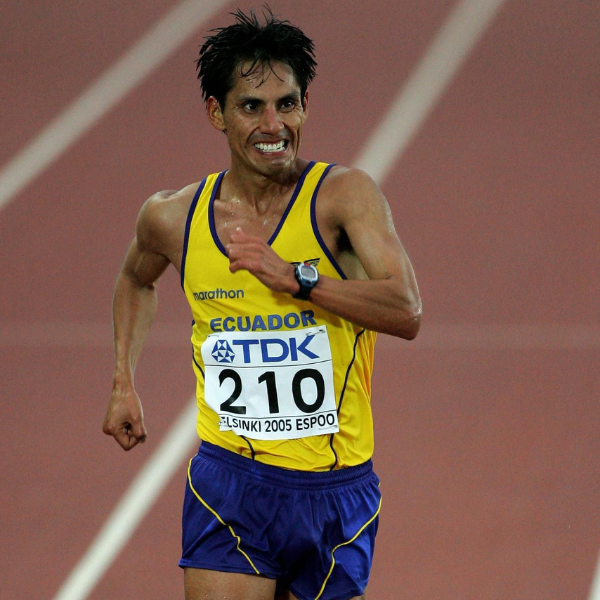
Robert Korzeniowski
Robert Korzeniowski, a Polish racewalker, is widely regarded as one of the greatest racewalkers ever. He won four Olympic gold medals and set multiple world records in the 20-kilometer and 50-kilometer racewalk events.
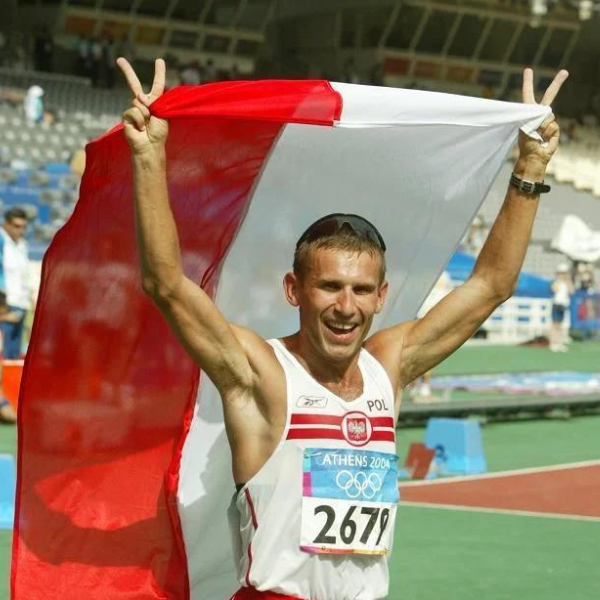
Liu Hong
Liu Hong, a Chinese racewalker, has dominated the women’s racewalking scene. She won the gold medal in the 20-kilometer racewalk at the 2016 Olympic Games and has set numerous world records throughout her career.
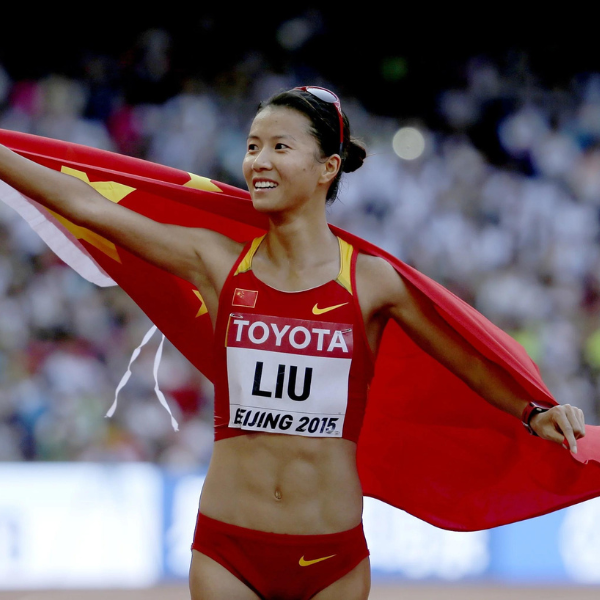
The future of racewalking
As racewalking continues to evolve, various factors shape its future, including technological advancements and the sport’s growing popularity and inclusivity.
Advancements in technology
Technological advancements are revolutionizing racewalking training and performance analysis. Motion sensors, GPS tracking devices, and wearable technology enable athletes and coaches to gather valuable data, optimize training strategies, and enhance performance.
Growing popularity and inclusion
Racewalking is gradually gaining popularity and recognition as people discover its unique challenges and benefits. The sport’s inclusivity is also expanding, with racewalkers of different ages, genders, and abilities participating in events and competitions worldwide.
Racewalking and its environmental impact
As we strive for a more sustainable future, racewalking can contribute to environmentally friendly practices and reduce its carbon footprint.
Sustainable practices
Racewalking events can adopt sustainable practices, such as minimizing waste, promoting recycling, and using renewable energy sources. Encouraging participants and spectators to use public transportation or carpooling can also reduce the carbon emissions associated with traveling to events.
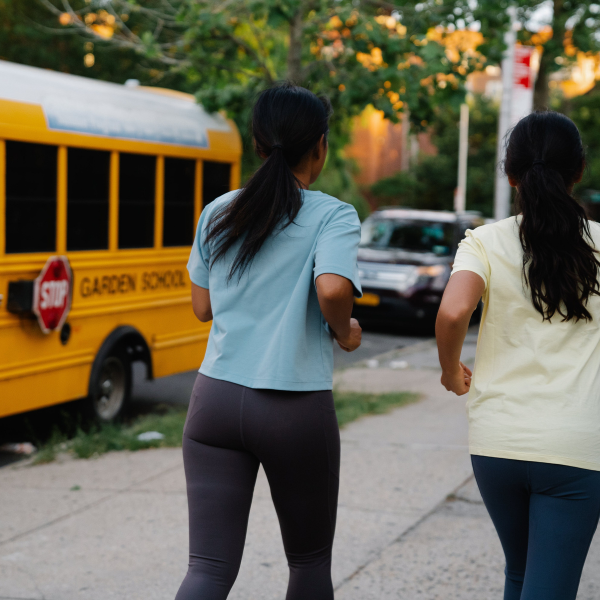
Reducing carbon footprint
Individual racewalkers can make conscious choices to reduce their carbon footprint. Opting for eco-friendly gear made from sustainable materials and engaging in carbon offsetting initiatives can contribute to a greener environment.
Racewalking myths and misconceptions
Like any sport, racewalking has its fair share of myths and misconceptions. Let’s address a few of the most common ones.
“It’s just fast walking, right?”
It’s more than just walking at a brisk pace. It requires adherence to specific techniques and rules, making it a unique and challenging sport that demands speed and endurance.
“Racewalkers can’t run”
While racewalkers always maintain contact with the ground, they can achieve impressive speeds. The racewalking technique enables athletes to move efficiently and swiftly while maintaining intense competition.
“Racewalking is not physically demanding”
Racewalking is a physically demanding sport requiring high cardiovascular fitness, muscular endurance, and mental fortitude. Athletes push their bodies to the limit, achieving remarkable performances over long distances.
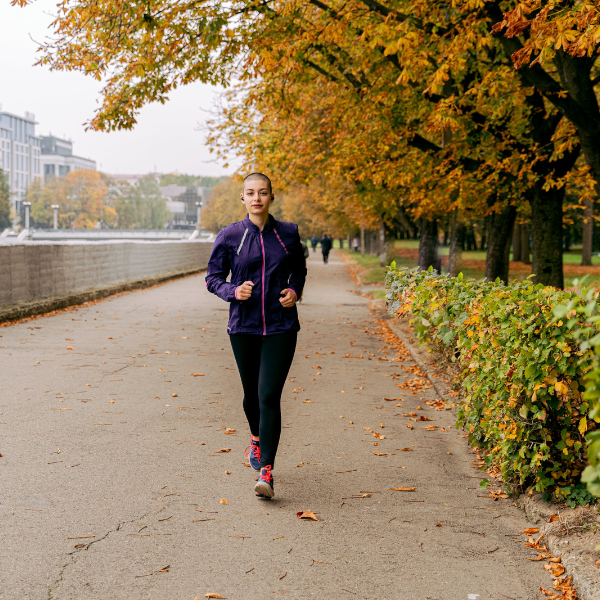
Takeaway
Racewalking is a captivating sport that combines speed, endurance, and technical precision. From its ancient origins to its modern-day evolution, racewalking has gained recognition as an Olympic discipline and continues to captivate audiences worldwide.
With its unique techniques, rigorous training methods, and numerous physical and mental benefits, racewalking offers a rewarding experience for athletes and enthusiasts. As we celebrate the art of speed and endurance, let us embrace racewalking as a sport that showcases expertise, authority, and trust in its pursuit of athletic excellence.
Lace-up your shoes, step onto the racewalk track, and discover the joy and challenges of this remarkable discipline.


